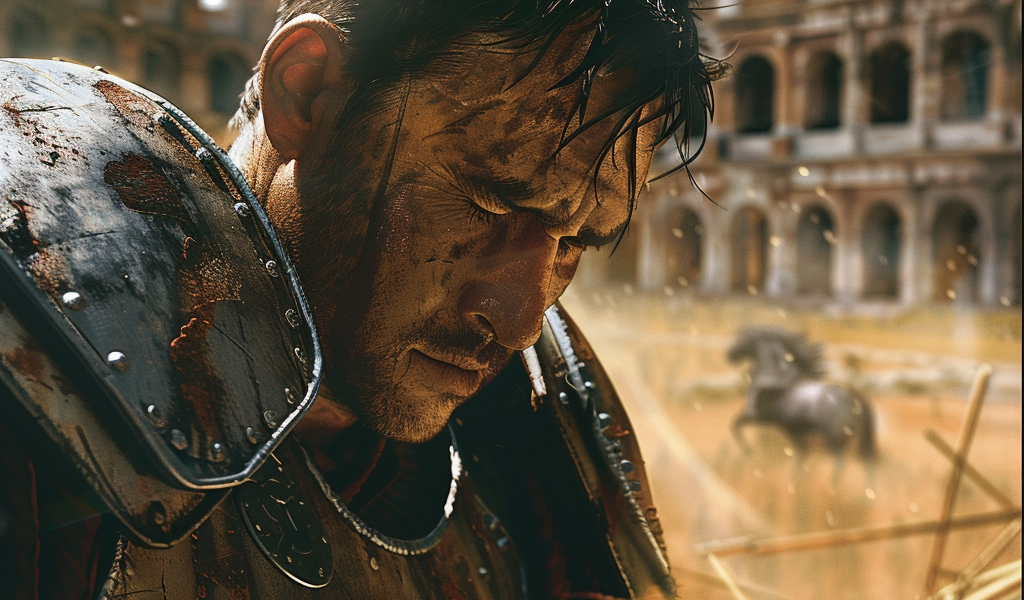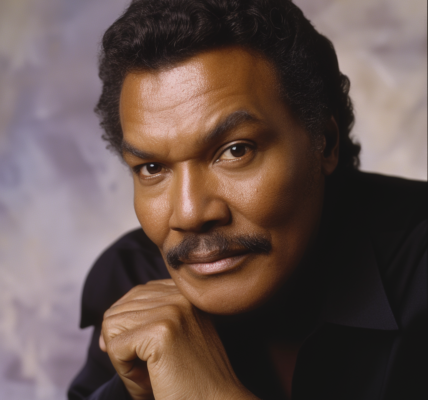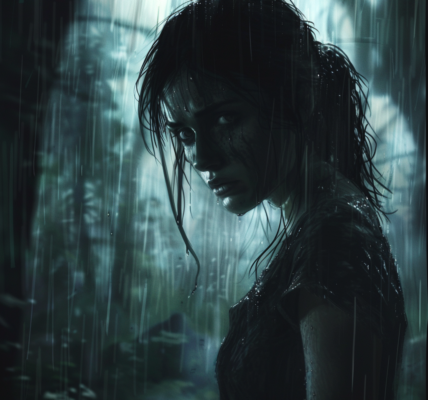In a cinematic landscape that often revisits beloved classics, Ridley Scott’s much-anticipated sequel, Gladiator II, has finally hit the screens, reigniting the fierce spirit of its predecessor. Set nearly 25 years after the original film’s monumental success, this sequel brings back the visceral thrill of ancient Rome, complete with its signature bloodlust and epic battles.
Paul Mescal steps into the iconic shoes of Lucius, a noble warrior caught in the brutal world of gladiatorial combat. With a powerful performance that captures the essence of his character, Mescal navigates a treacherous path filled with formidable foes and moral dilemmas. Joining him is Denzel Washington, who delivers a standout performance as Macrinus, an ambitious and cunning master of gladiators. Washington’s character adds a layer of complexity to the narrative, showcasing the darker side of power and ambition.
From the very first frame, Gladiator II mirrors its predecessor in both tone and visual storytelling. The film opens with a striking image of Mescal’s hand sifting through chicken feed, reminiscent of Russell Crowe’s iconic scene with wheat in the original. This deliberate parallel sets the stage for a story that explores themes of loss, enslavement, and the relentless pursuit of freedom.
Just like the original, this sequel doesn’t shy away from showcasing the brutality of the Roman Empire. The combat sequences are nothing short of spectacular, expertly choreographed and executed with a level of intensity that keeps audiences on the edge of their seats. However, while the action is thrilling, some critics argue that the film leans heavily on familiar tropes, making it feel more like a remake than a fresh continuation of the story.
One of the most talked-about aspects of Gladiator II is its audacious inclusion of fantastical elements, such as sharks in the Colosseum and an attack rhino. These creative choices inject a sense of whimsy into the otherwise dark narrative, but they also raise questions about the film’s commitment to historical accuracy. The blend of realism and fantasy may not sit well with all viewers, but it undoubtedly adds a unique flavor to the sequel.
The film’s pacing is relentless, with a series of escalating conflicts that keep the audience engaged. As Lucius battles not only against physical adversaries but also against his own inner demons, the narrative unfolds with a sense of urgency. The emotional stakes are heightened by the character’s backstory, which resonates with themes of betrayal and redemption.
Scott’s direction remains as bold and uncompromising as ever, capturing the grandeur of ancient Rome while also delving into the personal struggles of its characters. The cinematography is visually stunning, with sweeping shots of the Colosseum and intimate moments that highlight the emotional weight of the story. The film’s production design transports viewers back in time, immersing them in the sights and sounds of a world steeped in history.
While Gladiator II is undoubtedly a spectacle, it also raises important questions about the nature of entertainment and the cyclical nature of storytelling in Hollywood. As audiences flock to theaters to witness this latest installment, the film serves as a reminder of the enduring power of epic narratives and the characters who inhabit them.
As the credits roll, viewers are left to ponder the film’s themes and its place within the larger landscape of cinematic history. With its blend of action, drama, and a touch of the fantastical, Gladiator II successfully captures the essence of what made the original so beloved, while also carving out its own identity in the annals of film lore.





